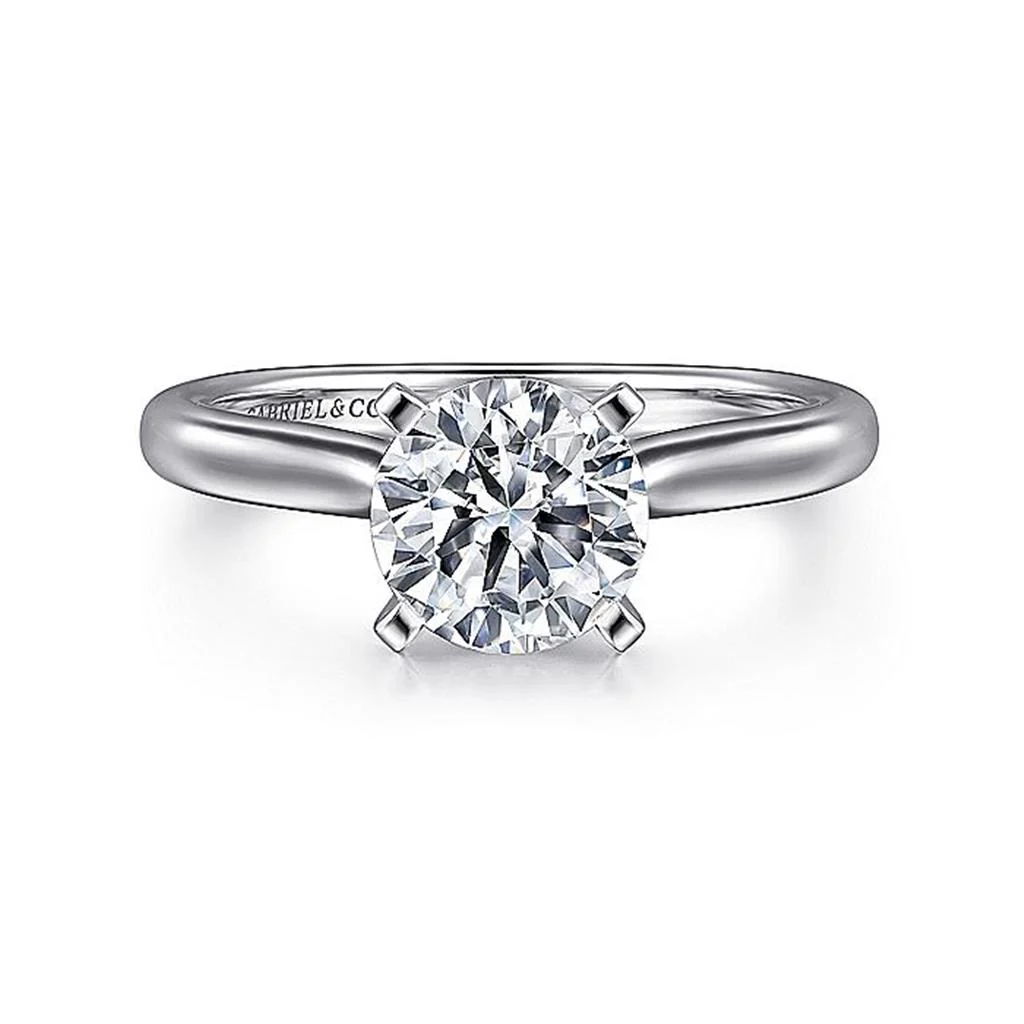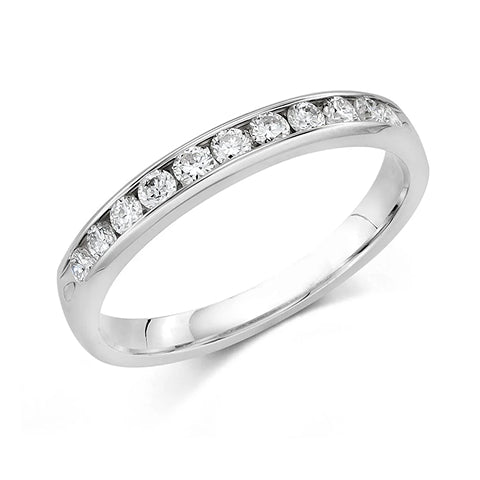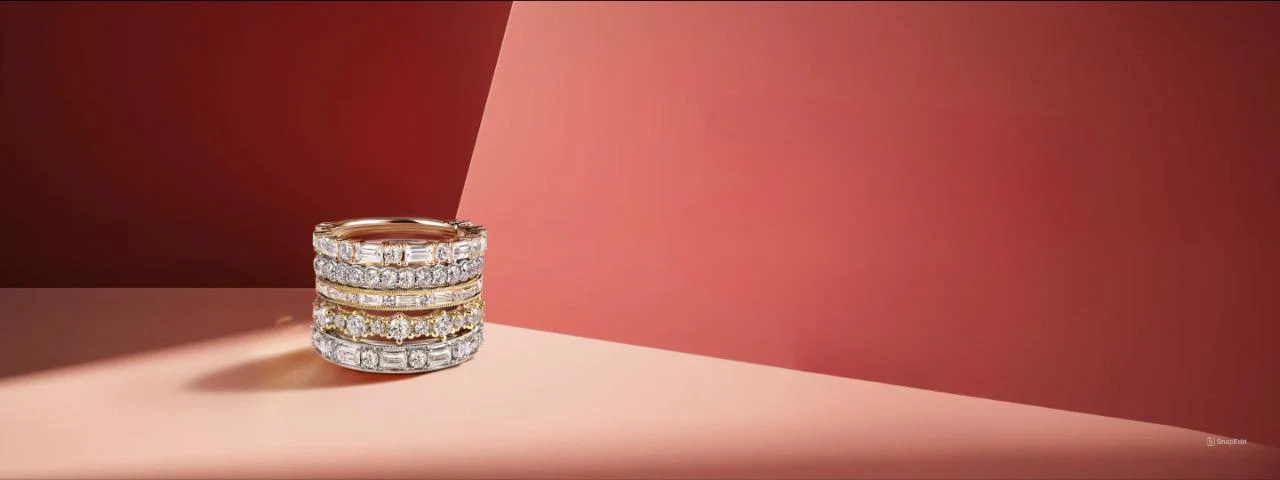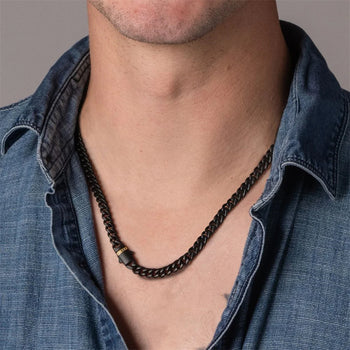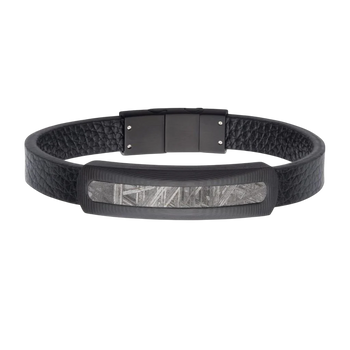
Why Is My White Gold Ring Turning Yellow and How Do I Fix It?
White gold is an exquisite choice for engagement and wedding rings. However, it can lose its luster over time. Let's dive into why your white gold ring is turning yellow and what you can do to restore its showroom shine.
Is it Normal for a White Gold Ring to Discolor?

Gold isn’t naturally white, so it’s normal for a white gold ring to discolor. To achieve that platinum-white look, naturally yellow gold is mixed with another metal like palladium, platinum, nickel, or zinc. This new alloy is less yellow than pure gold, but it can still have a yellowish hue. After the design is complete, the piece is plated with rhodium to achieve a durable luster with a platinum-white look.
White gold will eventually show signs of yellowing, initially on high-wear spots like the bottom and sides of the band. This isn't a chemical process like oxidation; it happens because the rhodium plating wears off.
How to Fix a White Gold Ring Turning Yellow
Seek the help of a skilled jeweler to fix a yellowing and tarnished white gold ring. Cleaning and polishing alone can restore the shine but not the color. You'll likely need to have the ring replated to achieve a vibrant white gold tone and remove the yellow hue.
Jeweler’s Touch has an on-site repair studio and expert jewelers and goldsmiths on staff. We offer complete jewelry services in Brea and the surrounding area.
What is plating?
Plating is a method of coating metals, usually with other metals. Alloys are blended metals made by melting substances together, mixing them thoroughly, and allowed to cool. Rather than dip a solid-state metal into a molten metal, plating uses electrostatic energy to fuse a thin sheet of one metal to another.
First, the jeweler thoroughly cleans the ring using ultrasonic, steam, electro-cleaning, or a combination of these methods. Then, the piece is polished to improve adherence.
Next, the jeweler suspends the ring on a cathode bar. The bar’s negative charge gives the ring a negative charge.
The jeweler lowers the ring into a solution and uses time, temperature, and voltage to attract the rhodium to the ring. Applying a positive electrical charge (voltage) to the solution causes the negatively charged ring to attract the positively charged rhodium.
Different metals require different voltages, temperatures, and time to achieve adherence.
What is rhodium?
Rhodium is a member of the platinum family. It’s more scarce than gold and, therefore, more expensive. It’s also harder than gold, allergy-friendly, and very durable. Rhodium is ideal for jewelry plating because it’s hard-wearing and adds a brilliant sheen to the metal below it.
Rhodium plating doesn’t affect the quality and look of diamonds and can even improve them.
Rhodium plating typically lasts 12 to 18 months, depending on the thickness of the plating and the acids in your skin. Have your rings inspected yearly to ensure they don't lose their luster.
Why Choose Jeweler’s Touch?
For jewelry services in Southern California, look no further than the experts at Jeweler's Touch. We know how to keep your pieces looking showroom-ready.
All our repair and cleaning services include documented details, including a description and a photo of your piece. We insure every piece in our shop, whether we made it or not. We also offer free, no-obligation consultations. Book online today or call us directly to schedule an appointment.

